Recently, the Department of Planning and Architecture of Ho Chi Minh City reported to the Department of Home Affairs on the progress of the implementation of the scientific project "Orientation for urban infrastructure development in suburban districts of Ho Chi Minh City" and the branch project of the project "Investment - construction of districts into districts or cities of Ho Chi Minh City in the period of 2021-2030".
According to this report, Can Gio, Cu Chi, Binh Chanh, Hoc Mon and Nha Be districts are located at the gateway of the city, connecting with the provinces in the East and the Southwest. These areas are experiencing high urbanization rates, changing the socio -economic structure profoundly. Therefore, building a development model and investing in urban infrastructure construction suitable for the transformation process of the 5 suburban districts is of great significance in the current period.
"If the transformation is successful, the suburban districts may form a number of new urban areas, forming a chain of smart urban areas, which will be the driving force connecting the city with the Ho Chi Minh City region, the region and the world, " the Department of Planning and Investment said.
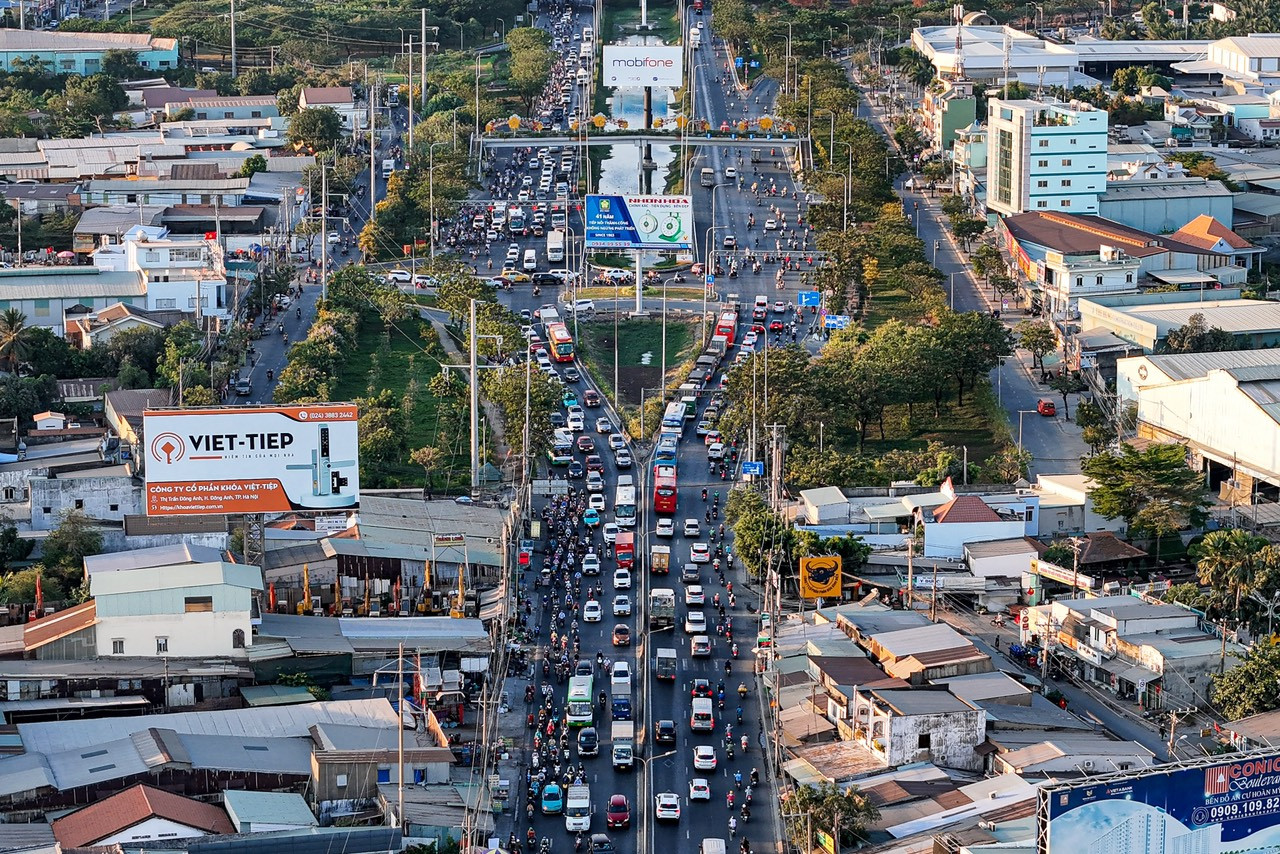
To achieve the above goal, the Department of Planning and Investment believes that the 5 suburban districts need to promote the renovation of open spaces and green parks associated with the development of urban culture. In particular, the districts need to focus on capital investment in urban renovation and development, strive to complete the relocation of all houses on and along canals, and reorganize the lives of residents for the better.
Districts also need to invest in building new ones, replacing old, damaged and degraded apartments; upgrading existing residential areas; and building and developing new, synchronous, civilized and modern urban areas.
In addition, the Department of Planning and Investment proposed that all five districts develop modern, green, smart, and unique urban architecture and landscape; preserve and promote historical and cultural characteristics and river landscape values; focus on developing housing funds and social infrastructure, associated with the strategy and development model of urban service centers and industrial cities.
Therefore, in the immediate future, districts need to focus on developing infrastructure to meet the criteria of a type 3 urban area. In particular, these localities must prioritize the development of TOD clusters (urban development oriented towards high-capacity public transport).
"Investing in fast connection projects, waterway routes, inter-district and inter-provincial connection routes... are breakthrough solutions to complete the infrastructure of the 5 districts.
This will allow 5 districts to convert land use purposes, combined with mobilizing investment capital for fast-connecting infrastructure projects as well as public works, serving the construction of new urban centers with large-scale investment" - the Department of Planning and Investment affirmed.
Building Can Gio into a smart tourist city
According to the Department of Planning and Investment, for Can Gio district, the city needs to apply its own standards for a special urban area to build this locality according to the smart tourism urban model. In particular, the northern area, the center of Can Gio, together with Can Thanh town, will develop according to the ecological urban model.
To achieve the above goal, the Department of Planning and Investment believes that Can Gio district needs to boldly apply flexible criteria such as land fund for transportation suitable to population density, travel by green means/public transport ratio must be high.
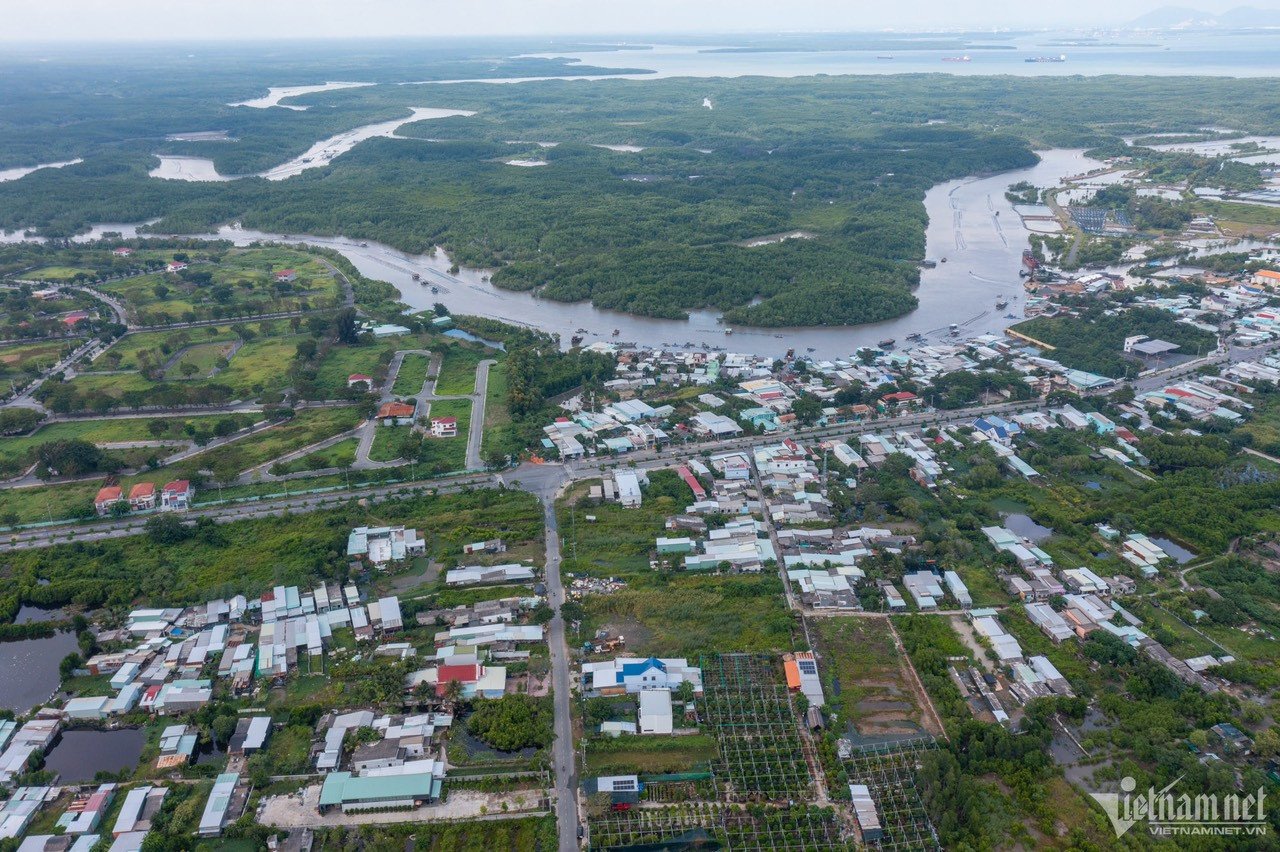
This district needs to adjust its master plan towards sustainable development and long-term stability. In particular, the district must clearly define the scale, area, and boundaries of the Biosphere Reserve (conservation zone), buffer zone, and transition zone to orient appropriate investment and development.
At the same time, the locality needs to make detailed plans for amusement parks, entertainment areas, marine eco-tourism areas and agricultural eco-garden areas along the coastal route of Can Thanh town and Long Hoa commune; complete the planning of infrastructure and technical infrastructure to ensure compliance with the planning of Can Gio beach; plan to build a system of wharves and piers that meet common standards for developing fisheries and mooring waterway vehicles; exploit river tourism routes and have a long-term vision for developing Can Gio eco-tourism in the future.
In particular, the Department of Planning and Investment believes that Can Gio is a priority area to strengthen regional connectivity.
Specifically, with the orientation towards the East Sea, Ho Chi Minh City will invest in major roads from the inner city to Hiep Phuoc Industrial Port according to the plan, helping to strengthen connectivity down to the district. The plans to build overpasses on Soai Rap River and Long Tau River, connecting through the land of Nhon Trach District (Dong Nai), have also been integrated into the plan.
“The Binh Khanh bridge construction project connecting Can Gio and Nha Be districts has been agreed to be included in the public investment plan, the tunnel project through Ganh Rai bay connecting to Vung Tau city is being proposed for study... This is the basis and opportunity to help realize the role of Can Gio in the future” - Department of Planning and Investment said.
On June 22, at the 16th session (special session), delegates of the Ho Chi Minh City People's Council unanimously approved the dossier for approval of the Ho Chi Minh City Planning for the 2021-2030 period, with a vision to 2050. Reporting at the meeting, the representative of the City People's Committee said that, based on national and regional corridors, the City People's Committee proposed two spatial development scenarios. Specifically, with scenario 1, the city will form 1 central urban area (including 16 districts), 1 Thu Duc City as a parallel urban area and 5 satellite cities (including Cu Chi, Hoc Mon, Binh Chanh, Nha Be and Can Gio). With scenario 2, the city will form 1 central urban area (including 15 districts), 1 Thu Duc City and 2 parallel urban areas including Cu Chi - Hoc Mon, Binh Chanh and Nha Be - District 7 - Can Gio. Ho Chi Minh City People's Committee proposed to choose scenario 1 because of its high feasibility, suitability with the conditions of the planning period and the plan to arrange administrative units at district and commune levels. However, according to Chairman of the Ho Chi Minh City People's Committee Phan Van Mai, from now until 2030, the city will maintain administrative units such as the existing central area, the Thu Duc City model and 16 districts. Of which, 5 suburban districts will be invested to meet the criteria of a type 3 urban area. |
Source: https://vietnamnet.vn/truoc-khi-len-thanh-pho-5-huyen-ven-tphcm-duoc-dinh-huong-phat-trien-ra-sao-2295530.html


![[Photo] More than 17,000 candidates participate in the 2025 SPT Competency Assessment Test of Hanoi National University of Education](https://vphoto.vietnam.vn/thumb/1200x675/vietnam/resource/IMAGE/2025/5/17/e538d9a1636c407cbb211b314e6303fd)
![[Photo] National conference to disseminate and implement Resolution No. 66-NQ/TW and Resolution No. 68-NQ/TW of the Politburo](https://vphoto.vietnam.vn/thumb/1200x675/vietnam/resource/IMAGE/2025/5/18/adf666b9303a4213998b395b05234b6a)

![[Photo] Prime Minister Pham Minh Chinh chairs meeting on science and technology development](https://vphoto.vietnam.vn/thumb/1200x675/vietnam/resource/IMAGE/2025/5/17/ae80dd74c384439789b12013c738a045)






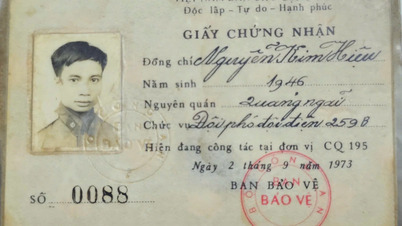





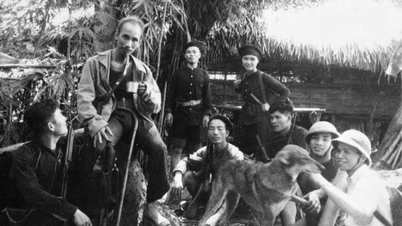


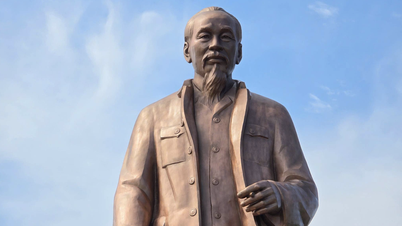




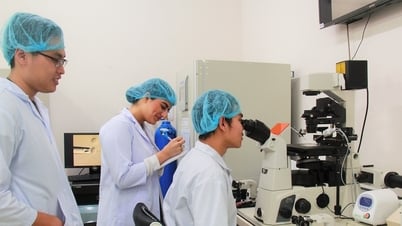
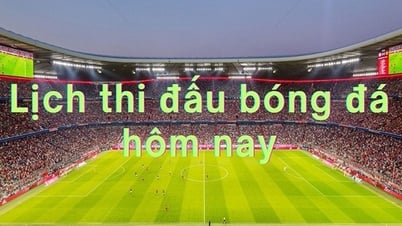




![[Photo] Readers line up to visit the photo exhibition and receive a special publication commemorating the 135th birthday of President Ho Chi Minh at Nhan Dan Newspaper](https://vphoto.vietnam.vn/thumb/1200x675/vietnam/resource/IMAGE/2025/5/17/85b3197fc6bd43e6a9ee4db15101005b)






















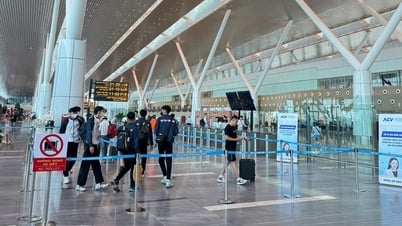




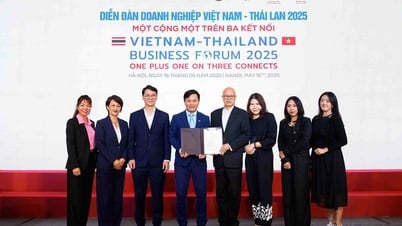


















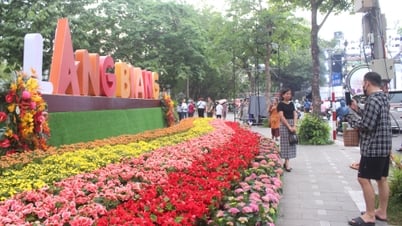

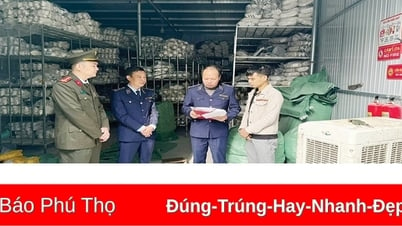

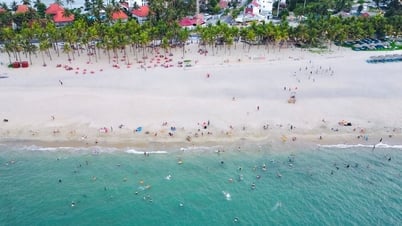

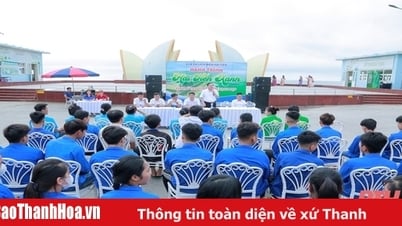


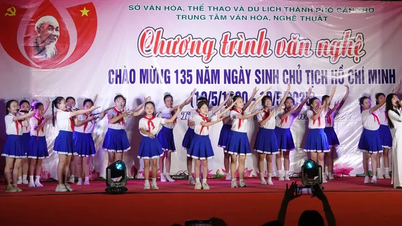











Comment (0)